The history of balsamic vinegar is as storied and ancient as the Romans themselves. From it's origins in ancient Roman times to the elaborate, multi-step process to create authentic Traditional Balsamic of Modena with DOP certification today, the process by which authentic Modenese balsamic vinegars are created has probably changed less than you think.
Before Balsamic Vinegar
The history of balsamic vinegar begins with the traditional Modenese liquid, Saba. Also referred to as sapa or vin cotto, Saba has used since the times of the Ancient Greeks and Italians by those who were unable to afford sugarcane sweeteners. The grape must of the Trebbiano or Lambrusco grape varieties were slowly cooked over an open fire for 72 hours, completely breaking down the grape, developing concentrated flavor profiles reminiscent of raisins and plums. To avoid waste, the grapes are often pruned from the vine prior to harvest.
Similarities to Balsamic Vinegar
As mentioned, Saba is grape must from Trebbiano or Lambrusco grapes that are boiled down over a 72 hour period, then bottled. Similarly, traditional Modenese Balsamic Vinegars also use the must of Trebbiano or Lambrusco grapes boiled over a 72 hour period -- the difference between the two products is what occurs afterwards. As a precursor to traditional balsamic vinegars, Saba requires no more steps to finish -- the reduced grape must is bottled after 72 hours is the final product, minus light straining to remove inconsistencies . At the same stage in production, the traditional balsamic vinegars of Modena are still decades away from being ready for consumption.
The Evolution of a Balsamic Vinegar
The process for creating balsamic vinegar wasn't always codified. In fact, the first vinegars don't appear in text until 1046, with the first mention being from Donizone, a biographer, when Masquis of Tuscany presented a bottle of 'that lauded vinegar' to Henry the Third, Emperor of the Holy Roman Empire; this central region of Italy quickly became synonymous with high-quality vinegars.
In the late 1200's, the Este Court in Modena was the centerpiece of vinegar production for all of Italy, with the first records of the word 'balsamic' making an appearance in the registers of the Duke of Este in 1747. Over this time period, the Emilia Reggino region became synonymous with high-quality balsamic vinegars, and the first dynasties of producers of authentic balsamic vinegars of Modena were established around the turn of the century, some of which are still around today.
Founding Families of Balsamic Vinegar
The invention of authentic balsamic vinegars took place at a specific point in time, in a specific region of Italy; the past has been revised, and the resulting picture of reality at that time is muddied. Instead, to construct the true history of the balsamic vinegars of Modena, we have to look at historical accounts and artifacts from the time period. Given the time period occurred so long ago, there aren't a ton of items left to validate the claims of the families, but there are some.
The Malpighi Family

The Malpighi family of Modena traces their lineage back to Marcello Malpighi, a well known physician and inventor who lived from 1628 - 1694. Marcello is most known for his enduring contributions to medicine, specifically in physiology, but had an equal passion for gastronomics. The story of Acetaia Malpighi is inextricably linked to Marcello, whose large estate would later become the home of Acetaia Malpighi.
Marcello's estate and passion were handed down to his grandchildren, one of whom was named Augusto Malpighi. In 1850, Augusto wrote a treatise to his son, Pietro Malpighi, about his production method for balsamic vinegars. This is, to our knowledge, the oldest surviving record detailing the creation of balsamic vinegars. Acetaia Malpighi, founded by Pietro, is still in business; they have bottles of balsamic over 150 years old, proving their tenure in the industry.
The Aggazzotti Family
Like the Malpighi family, the Aggazzotti family of Modena can trace their lineage back prior to the 1800's. Similar to the Malpighi family, the Aggazzotti family has records from 1862 that detail the production of balsamic vinegars in a letter to Pio Fabriani. This letter, often erroneously cited as the first written balsamic recipe, is among the oldest documents remaining on the production of balsamic vinegars.
Standardization of Balsamic Vinegar
For the few hundred years, there was no set standard for what was considered a balsamic vinegar, which left to a degradation of standards. As the Malpighi's and the Aggazzotti's chronicled centuries before, there's no substitute for the aging process, and any attempt to expedite the process leads to reduced quality. Sensing a need to standardize, the traditional producers of balsamic vinegars formed consoritums to protect the traditional methods from industrial imitation. The two consortiums, the Consorzio Aceto Balsamico di Modena and the Consorzio Produttori Aceto Balsamico Tradizionale di Reggio Emilia, established in the 1970's and 1980's respectively, worked in tandem with the Italian government and the European Union to create specifications for PGI and DOP balsamic vinegars of Modena in 2009 after an initial application in 2006.
The PGI designation, labelled as "Indicazione Geografica Protetta" in Italian, applies to products where at least one production phase occurs in a specific region. The DOP label, "Denominazione di Origine Protetta" in Italian, is an even stricter designation. It certifies that all production stages - from grape cultivation to bottling - have taken place in the specified region, ensuring the product's complete authenticity. These designations are covered in greater detail in our blog on PGI and DOP designations.
A Taycte of Tradition
As you've come to expect at Taycte, we have a curated selection of only the highest quality culinary products -- this extends to balsamic vinegars. The traditions established thousands of years ago, refined by generations, are the only acceptable methods for production here. We have several products from Acetaia Malpighi, the oldest name in balsamic vinegar -- we currently offer a balsamic aged a minimum of 15 years and a balsamic aged a minimum of 25 years, as well a handful of products using these balsamic vinegars as a base. We have older bottles available upon request, including those with D.O.P. certification in traditional Modenese glass that aren't listed -- reach out through our contact form if your discerning palette requires the absolute best; they are in too short supply to list online.

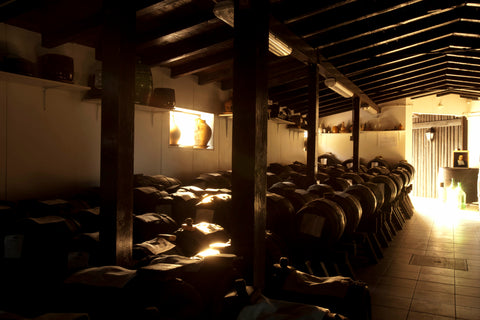
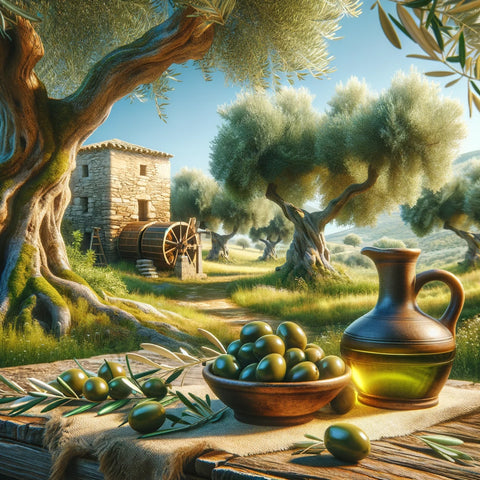
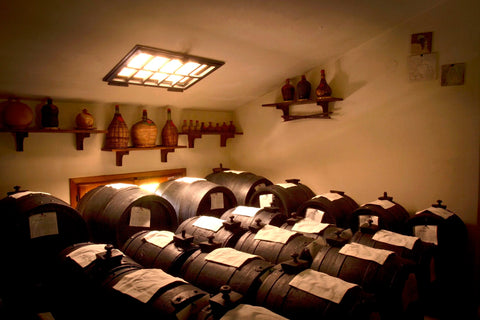

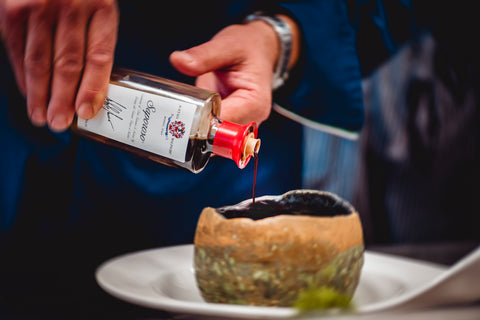
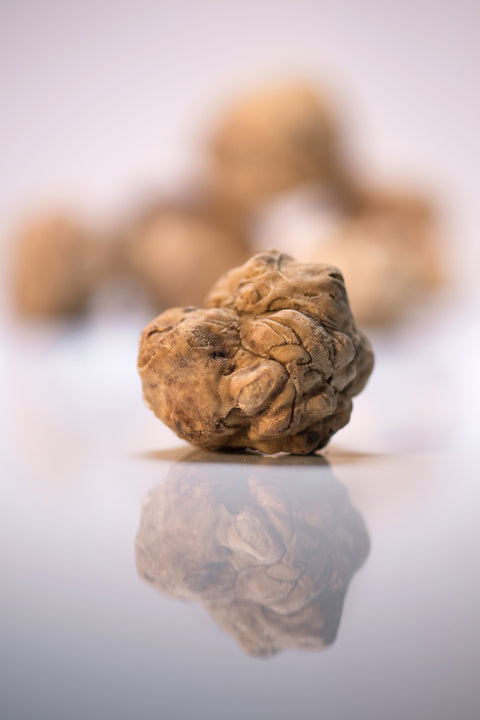
Comments (0)
There are no comments for this article. Be the first one to leave a message!